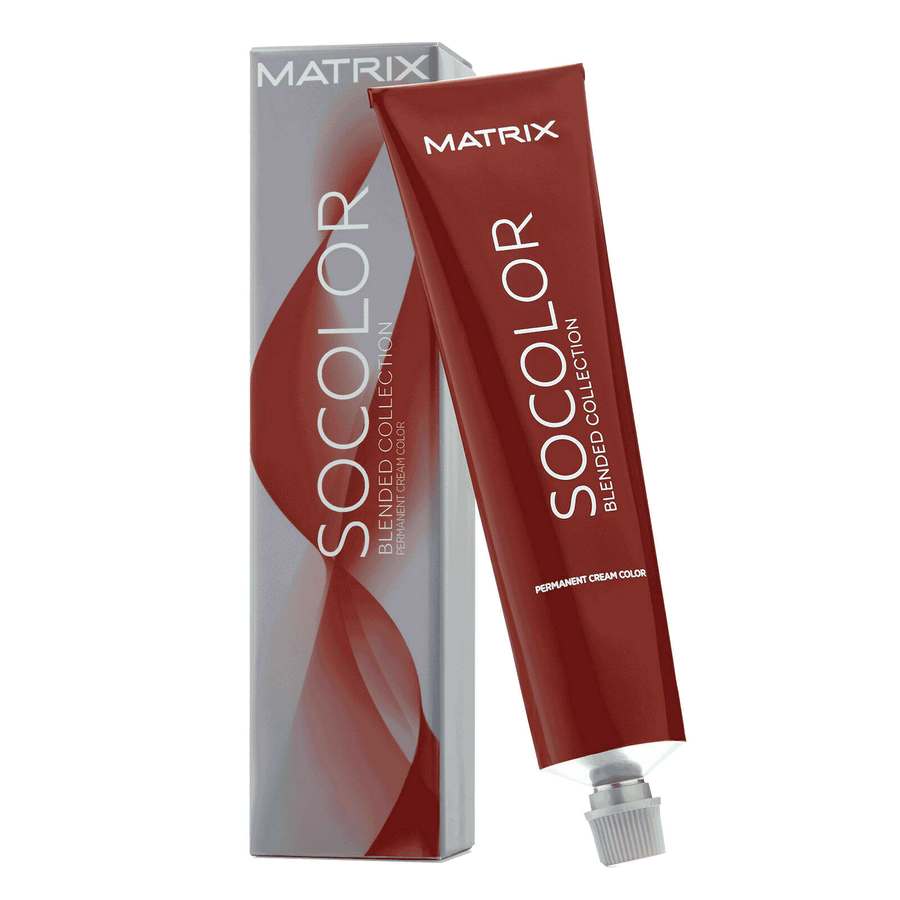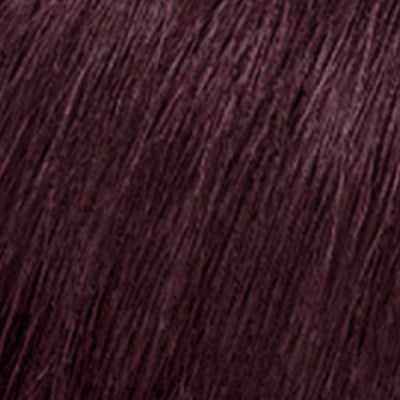How to Get Rid of Split Ends Fast
Split ends are a common hair problem that can make your hair look frizzy and unkempt. They occur when the protective outer layer of your hair shaft, known as the cuticle, becomes damaged and splits apart. While it may seem like split ends are unavoidable, understanding their causes and knowing how to treat them can make a big difference in maintaining healthy hair.
There are many reasons why split ends occur. Common causes include heat damage from styling tools, chemical treatments like colouring and perms, and mechanical stress from brushing and hair accessories. These factors weaken the hair and make it more prone to splitting, especially at the ends where the hair is oldest and most fragile.
In this guide, we will explore what causes split ends and how you can prevent them. We'll also look at different treatments and quick fixes to help you manage and reduce split ends effectively.
Whether you're struggling with just a few split ends or your hair is fraught with them, there are strategies you can adopt to improve the health and appearance of your hair.
Understanding What Causes Split Ends
Split ends occur when the hair shaft splits or frays due to damage. One major cause of this damage is heat exposure. Frequently using hot styling tools like blow dryers, curling irons, and straighteners can weaken the hair’s structure. The intense heat strips away the hair's natural moisture, making it dry and prone to breaking. It's like overcooking a piece of meat—too much heat can make it dry and tough.
Chemical treatments are another culprit. Hair colouring, bleaching, perming, and relaxing involve harsh chemicals that alter the hair’s natural state. These processes can weaken the hair and make it more susceptible to splitting. Even everyday products like shampoos and conditioners with strong chemicals can contribute to the problem if used excessively.
Mechanical stress also leads to split ends. This includes things like brushing your hair too hard, using rough hair ties, and even towel-drying too vigorously. Each of these actions can create tiny rips and tears in the hair shaft, which eventually turn into split ends.
Keeping these factors in mind can help you better understand how your hair is becoming damaged and take steps to prevent it.
Best Haircare Practices to Prevent Split Ends
Preventing split ends starts with adopting good haircare habits. Here are some steps you can follow:
1. Use Heat Protection: Before using any heat styling tools, always apply a heat protectant spray. This forms a barrier between your hair and the heat, reducing the risk of damage.
2. Gentle Brushing: Use a wide-tooth comb or a brush with soft bristles to detangle your hair gently. Start from the ends and work your way up to avoid tugging and breaking strands.
3. Regular Trims: Schedule regular trims every six to eight weeks. Cutting off the damaged ends prevents splits from travelling up the hair shaft, keeping your hair healthier in the long run.
4. Avoid Tight Hairstyles: Ponytails and buns that are too tight can cause stress on the hair, leading to breakage and split ends. Opt for looser styles and use hair ties that are soft and snag-free.
5. Proper Shampooing and Conditioning: Use a moisturizing shampoo and conditioner suitable for your hair type. Focus conditioner on the ends of your hair where it needs the most moisture.
6. Air Dry When Possible: Let your hair air dry instead of using a blow dryer. If you must blow-dry, use the cool setting to minimize heat damage.
7. Stay Hydrated and Eat Well: Drink plenty of water and maintain a balanced diet rich in vitamins and minerals. Healthy hair starts from within, and good nutrition can strengthen your hair.
8. Limit Chemical Treatments: Try to space out chemical treatments and opt for gentler, more natural products when possible.
By incorporating these practices into your daily routine, you can significantly reduce the occurrence of split ends and keep your hair looking healthier and more vibrant.
Effective Treatments for Split Ends
Treating split ends effectively can help minimize their appearance and improve the overall health of your hair. There are several products and methods that you can use to address this issue.
Hair masks are an excellent option for deep conditioning and repairing split ends. Look for masks that contain nourishing ingredients like keratin, argan oil, and avocado oil. These ingredients help to strengthen the hair and provide essential moisture, making it less prone to splitting. Apply the mask to your hair once a week, focusing on the ends, and leave it on for the recommended time before rinsing thoroughly.
Serums and oils are also great for treating split ends. Products containing silicone can coat and seal the hair shafts, temporarily hiding split ends and making your hair look smoother. Natural oils, like coconut oil and jojoba oil, can penetrate the hair and provide long-lasting moisture.
Apply a small amount to the ends of your hair daily or as needed to keep them hydrated and reduce the appearance of splits.
Another treatment option is leave-in conditioners. These products work throughout the day to keep your hair moisturized and protected. Choose a leave-in conditioner that's lightweight and suitable for your hair type. Apply it to damp hair after washing to provide continuous nourishment and protection against further damage.
Quick Fixes to Get Rid of Split Ends
When you're dealing with split ends, sometimes you need quick solutions to manage them effectively. Here are some practical tips and techniques to help you address split ends fast.
- Regular Trimming: The most effective way to get rid of split ends is to cut them off. Schedule a trim every six to eight weeks to remove the damaged ends and keep your hair healthy. Even a small trim can make a big difference in your hair's appearance.
- Dusting: Dusting is a technique where you trim just the very tips of your hair without taking off the length. This helps to eliminate split ends while maintaining your desired hair length. You can do this at home with a pair of sharp hair scissors, or ask your hairstylist to do it for you.
- Split End Menders: There are products specifically designed to mend split ends temporarily. These products typically contain silicone or keratin and work by bonding the split ends together. While this is not a permanent solution, it can help your hair look smoother until your next trim.
- Silk or Satin Pillowcases: Using a silk or satin pillowcase can reduce friction on your hair while you sleep and prevent split ends from getting worse. Cotton pillowcases can cause your hair to tangle and break, while silk and satin create a smoother surface for your hair to glide over.
- Temporary Solutions: If you're in a pinch and need a quick fix for split ends, you can use a small amount of clear lip balm or an anti-frizz serum. Apply a tiny bit to the ends of your hair to help smooth and seal the splits temporarily.
By incorporating these quick fixes into your routine, you can manage and reduce the appearance of split ends in no time.
Conclusion:
Dealing with split ends can be a frustrating experience, but with the right knowledge and techniques, you can effectively manage and reduce them. Understanding what causes split ends, adopting good haircare practices, and using effective treatments can make a significant difference in the health and appearance of your hair. Regular trims and using nourishing products are essential steps in maintaining smooth and healthy hair.
It's important to remember that while quick fixes can help temporarily, a consistent and proactive haircare routine is key to preventing split ends in the long run. Paying attention to how you treat and care for your hair can lead to stronger, healthier locks that are less prone to splitting.
Thank you for reading this guide on getting rid of split ends fast. If you're looking for high-quality products to support your hair care routine, shop at Smooth & Charming. Our range of online hair and beauty products can help you maintain healthy, beautiful hair all year round!




